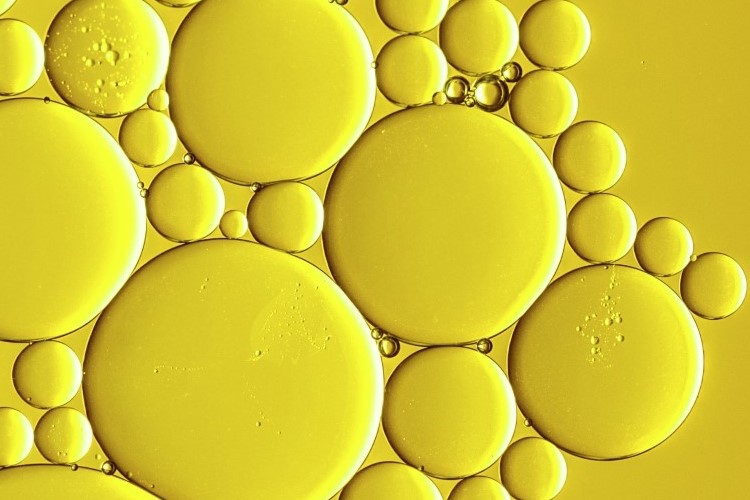Seafood is one of the most efficient proteins to produce and has the potential to bridge the gap between supply and rising seafood demand. In fact, the consumption of farmed species eclipsed that of capture fishery products in 2014, and this growth trend continues.
According to "The State of World Fisheries and Aquaculture", FAO 2022, aquaculture production is expected to rise to 106 million tonnes in 2030 – a 22% increase from 2020 – providing 90% of the fish that is available for human consumption.
This is not without its challenges. The manufacture of fish and shrimp feed has been reliant on finite resources like fish meal and fish oil from capture fisheries. There is also rising competition for these ingredients from other industries.
To meet broader food and environmental security commitments, while ensuring continued progress and profitability of our value chains, the aquaculture industry has to prioritise the reduction of its dependency on these ingredients. Thankfully, there are ways for us to do this. Breakthrough solutions are at hand. New thinking, new innovations, new technologies and new raw material ingredients are coming to the fore that will enable us to collectively feed the future.







